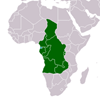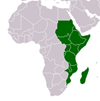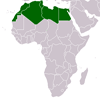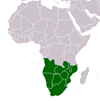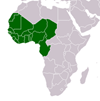Zones of Conflict in Africa: Theories and Cases
Zones of Conflict in Africa: Theories and Cases
The idea for this book was conceived about four years ago, following a conference on Conflict and Conflict Resolution in Africa organized by the Morehouse Center for International Studies. The conference was funded by a seed grant from the Rockefeller Foundation awarded to Emory University, Clark Atlanta University, Morehouse College, Morris Brown College, and Spelman College. The central purpose of the grant was to stimulate interest in African studies through conferences, lectures, research, seminars, and teaching. Since then, the original plan has undergone changes: Some areas have been deleted, while others have been added. The changes were dictated by the ever-fluctuating dynamics of the "Zones of Conflict in Africa". Among the additions are the chapters entitled "Theories of Conflict and Conflict Resolution," "The Context of Civil Conflicts in Africa" "Civil Conflicts in Africa: Patterns and trends," and "Conflict and Conflict Management in the Great Lakes Region of Africa." Clearly, conflict is an inevitable main stay of human societies and their interactions. Nevertheless, conflicts vary in their form and impact, as well as in other characteristics. Thus, a distinction can be drawn between routine and non-routine conflicts. The former revolve around ordinary did agreements that are inherent in daily human interactions. Significantly, such conflicts are not deleterious to the body politic and its people. Conversely, non-routine conflicts are those that have a more serious, adverse, and at times catastrophic impact on the peace and stability of the polity and its citizens. This book is concerned with the latter category of civil conflict. Various institutions and individuals have contributed to this book.
CITATION: Kieh, George Klay, ed. Zones of Conflict in Africa: Theories and Cases edited by Mukenge, Ida Rousseau . Wespoint : Praeger Publishers , 2002. - Available at: https://library.au.int/zones-conflict-africa-theories-and-cases-5

